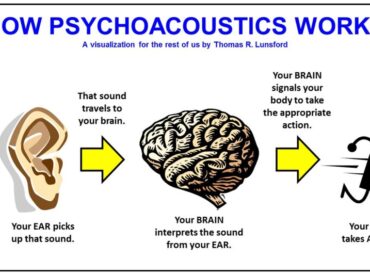Top-down vs. Bottom-up (Instinctual) Sensory Processing
Vision is a top-down "conscious" sensory process. Hearing is a bottom-up, instinctual and reflexive process.
Moro Reflex
The Moro Reflex creates the sync necessary between mechanoreceptors in the limbs and the membranes in the inner ear. This results in proprioception.
- Arm flailing & crying
- Limb & Finger Dexterity
- Proprioception
Sensory Integration
A new born infant's cry serves as the baseline physical feedback loop for initial sensory integration with the external environment.
- Sound Waves
- Radar
- Interference
Breathing & Airways
Ensuring proper breathing and vocalization after birth requires the baby develop reflexive control of smooth muscle in the diaphragm and chest.
- Diaphragm
- High-pitched Crying
- Short Cry Intervals
Visual Development
The sense of hearing is a bottom-up, instinctual sensory system. Vision is a top-down process, kicking in after initial sensory integration through hearing.
- Biological Precedence
- Analog System
- Top-down Vs. Bottom-up Processing
Reflex Arc
The postnatal innervation of the "reflex arc" is essential for proper endogenous smooth muscle function in the digestive tract.
- Spinal Synapse
- Involuntary Smooth Muscle
- Unconscious Digestive Control
Digestive Function
Endogenous processes in the digestive tract rely on smooth muscle, which is involuntarily controlled through the reflex arc.
- Peristalsis
- Sphincter Control
- Bacterial Infection
Auditory Pathway
The auditory pathway is responsible for the baseline human sensory integration with the external environment.
- Postnatal Innervation
- Vestibulocochlear Nerve
- Baseline Sensory Integration


